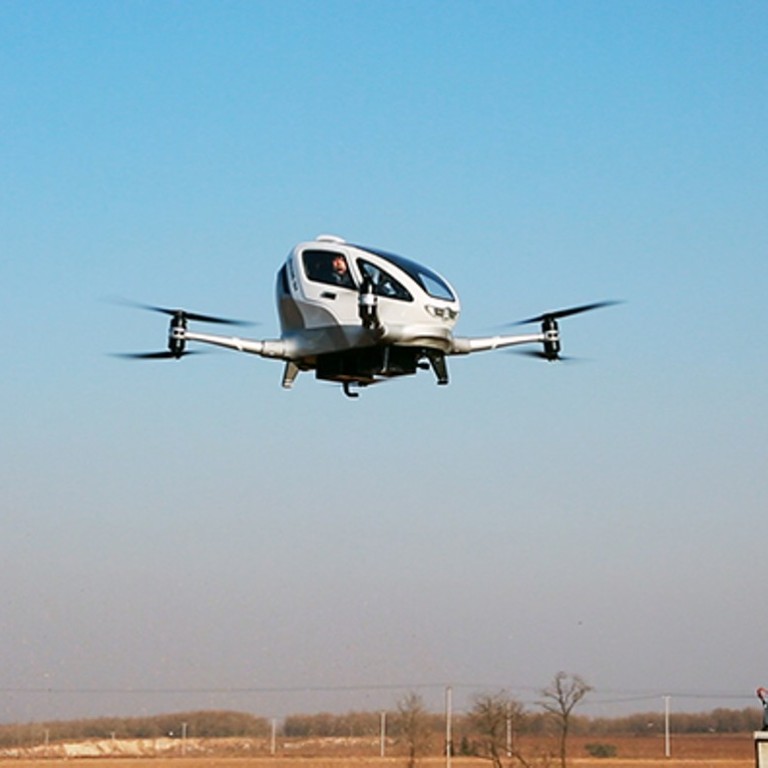
The race to put flying taxis in the sky
Who’s making the most progress on this sci-fi dream?
We’re three years beyond the date of “the future” in Back to the Future II… but we still don’t have flying cars.
People have tried for years to recreate this sci-fi dream, but pesky things like the laws of physics have prevented it from becoming a reality.
Challenges… and hopes
One of the biggest obstacles is simply learning to move around obstacles.
Flying cars will need to navigate complicated urban landscapes, with buildings, power lines and all sorts of objects to fly around. To move around safely, these vehicles will need to rely on a highly detailed map that shows real-time positions of all potential hazards -- including other flying cars.

Another challenge: Power. It’s enormously difficult to make batteries that are light but also strong enough to support flights longer than a few minutes. A hybrid of gasoline and electricity may be more practical, but that could create more pollution.
But there is hope -- and the answer may lie in consumer drones.
Scaling up these technologies for a flying car -- which is essentially a much bigger drone -- is the key to success.
So let’s take a look at some of the flying car projects that are making progress.
Kitty Hawk
This week, Kitty Hawk -- a startup backed by Google cofounder Larry Page -- released video of a self-flying electric aircraft named Cora. The company says the air taxi can take off and land vertically, so it doesn’t need a runway. It’s also said to be quieter than a helicopter. It's now being tested in New Zealand.
Ehang
Just two years after it first unveiled a concept aircraft at the CES in Las Vegas, China’s Ehang gave the world a glimpse of its passenger drone in action last month. In a video, local officials and company executives are seen aboard a drone that takes off with the tap of a button and flies over a field by itself.
Lilium
Airbus
Joby Aviation
Volocopter
Uber

For more insights into China tech, sign up for our tech newsletters, subscribe to our Inside China Tech podcast, and download the comprehensive 2019 China Internet Report. Also roam China Tech City, an award-winning interactive digital map at our sister site Abacus.

